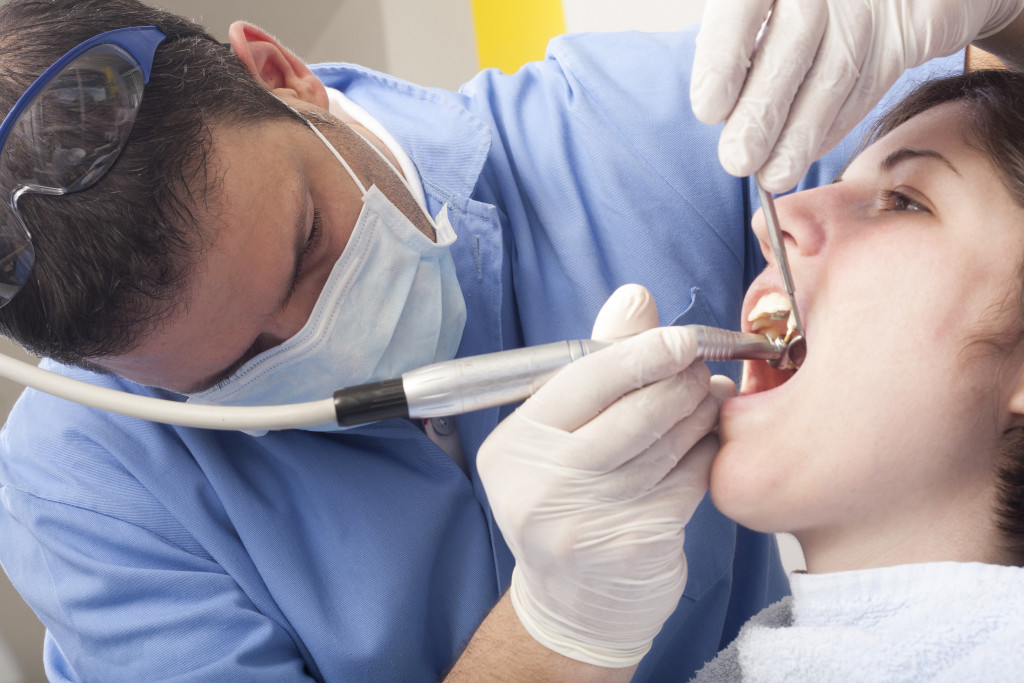The dental industry has undergone many changes in recent years. New technologies have made it possible for dentists to provide better care for their patients and improve dental care. Here are some of the most critical technologies that will shape the future of the dental industry.
3D Printing
It’s no secret that the dental industry is constantly evolving. New technologies are being developed, and it can be hard to keep up with the latest trends. However, a few technologies are poised to have a significant impact on the dental industry in the years to come. One of these is 3D printing. This technology can revolutionize the way dentists create prosthetics and other dental appliances. With 3D printing, dentists will be able to develop customized appliances that fit each patient’s individual needs. This will lead to better fitting and more comfortable appliances and reduce waste and production costs. One such example is that of creating dental splints. Dental splints are customized mouth guards created based on the patient’s jaw and mouth-muscle movement. With the help of 3D printing, manufacturers can catch the live jaw movement of patients and use the info to create a soft dental splint with 3D printing. Since made with 3D printing, these splints fit perfectly into a patient’s mouth and provide a defense layer to the teeth.
In addition, 3D printing can be used to create biomaterials for use in dental implants and other treatments. This means that patients will have access to more natural-looking and durable dental prosthetics. They can also be used to create This technology to create custom dental appliances, such as braces and dentures. 3D printing can also be used to create models of patients’ teeth so that dentists can plan treatments more accurately.
Dental Implants
Dental implants are one of the most exciting and innovative technologies available to dentists today. Dental implants can provide patients with a strong, stable foundation for their new teeth by replacing missing teeth with artificial roots. In addition, dental implants can support other dental prosthetics, such as dentures and bridges. As a result, this technology can significantly improve the lives of many people who suffer from tooth loss. While dental implants are currently only used for a small percentage of tooth replacement procedures, it is expected that this number will grow in the coming years as the technology continues to develop.
Dental implants are another critical technology that will shape the future of the dental industry. Dental implants are artificial teeth that are surgically implanted into the jawbone. They can be used to replace missing teeth or to support dental appliances such as dentures.
Digital Dentistry
There’s no doubt that digital technologies are transforming the dental industry. From 3D printers that can create custom implants to digital x-rays that provide clear images with less radiation, dentists are finding new ways to improve the quality of care. Perhaps the most exciting development is in the area of digital dentistry. This technology allows dentists to create precise, individualized treatment plans for each patient. Using CAD/CAM systems, dentists can design and fabricate custom crowns, bridges, and veneers.

This means that patients can receive treatments that are more effective and efficient than ever before. Digital technologies will continue to shape the future of the dental industry.
Laser Dentistry
The dental industry is always evolving, and new technologies are constantly being developed that have the potential to shape the future of dentistry. One such technology is laser dentistry. Laser dentistry can be used for various procedures, including teeth whitening, cavity removal, and gum surgery. Lasers can target specific areas with extreme precision and minimal damage to surrounding tissue. This makes them a safe and effective option for patients of all ages.
In addition, laser dentistry is often less painful than traditional methods, and recovery times are shorter. As more people become aware of the benefits of laser dentistry, this technology will likely become increasingly popular in the years to come.
Teledentistry
It’s no secret that the world of dentistry is changing. New technologies are emerging that are revolutionizing the way dental care is delivered. One of the most promising new technologies is teledentistry. Teledentistry is the use of telecommunications to provide dental care. This can involve providing dental education to diagnose and treat dental problems remotely.
There are several reasons why teledentistry is so promising. First, it has the potential to increase access to dental care, especially for people who live in rural or underserved communities. Second, it can help to reduce the cost of dental care. Third, it can improve the quality of dental care by allowing dentists to consult with specialists in other parts of the country or world. Fourth, it can make it easier for dentists to provide continuing education and training to their staff. Fifth, it can help dentists keep up with the latest dental technology and techniques advances. The possibilities for teledentistry are endless, and this technology will likely play a significant role in shaping the future of the dental industry.
The dental industry is constantly changing and evolving. New technologies are being developed that can improve the quality of dental care. These technologies will shape the dental industry’s future and help make dental care more accessible and affordable for everyone.
